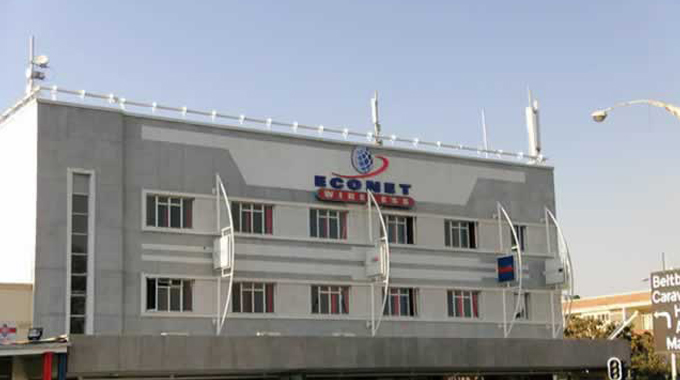Govt sets manufactured exports target

Business Editor
GOVERNMENT expects local industries to ramp up domestic production to achieve a 30 percent target for manufactured exports, which are critical in generating forex earnings and attaining favourable trade balance.
Reliance on non-essential imports has over the years drained the scarce foreign currency leading to reduced domestic capacity utilisation and loss of jobs. The trend has prompted Government and the private sector to focus on import substitution aimed at reducing the import bill by boosting local production.
According to the Annual Budget and Economic Review Report for Fiscal Year 2019, which has just been released by Treasury, Zimbabwe is on track to attaining a sustainable balance of payments position under the Transitional Stabilisation Programme (TSP) with import substitution and value addition expected to play a key role in this drive.
“Attainment of sustainable balance of payments position is key under the TSP anchored on import substitution and value addition,” reads part of the comprehensive report.
“Government has set a target of 30 percent for manufactured exports by 2023 in its National Trade Policy and Export Strategy based on the notion that the key is value addition of raw materials that are readily available in Zimbabwe especially in the agricultural and mining sectors.”
The report shows that the country’s manufacturing sector output is estimated to have declined by -8,7 percent against negative two percent recorded in 2018, largely due to foreign currency and power shortages.
Major declines in capacity utilisation were recorded in textiles and ginning (25 percent), drinks, tobacco and beverages (21,5 percent), foodstuffs (21 percent), paper, printing and publishing (16 percent) and other manufacturing sub-sectors (27,5 percent).
However, the reports note positive strides in capacity utilisation in the sub-sectors of metallic products (14 percent), chemical and petroleum products (2,8 percent), transport and equipment (three percent).
In terms of exports, the country recorded a 13,2 percent increase in manufactured exports, from US$720,9 million in 2018 to US$816,2 million in 2019.
Meanwhile, merchandise exports during the year 2019 were about US$4,66 billion, a 0,3 percent decline from US$4,77 billion, realised in 2018. In 2019, merchandise trade deficit improved by 109 percent to a surplus of US$174,4 million from a deficit of US$1,9 billion recorded in the year.
This was largely due to import compression attributed to foreign currency shortages to import critical raw materials.
Significant developments have been witnessed on the policy side to buttress the growth of domestic industry with the enactment of the Zimbabwe National Industrial Development Policy together with the Local Content Strategy, which seek to promote investment-led and innovation-led industrialisation.
Following the ratification of the African Continental Free Trade Area, Government has also crafted the African Continental Free Trade Area Strategy, which seeks to take advantage of regional and continent-wide opportunities created by the emergence of the vast African market.
Parliament has also passed the Zimbabwe Investment Development Agency Act, which will create a one-stop shop for the entry and facilitation of all investment projects in Zimbabwe.












Comments